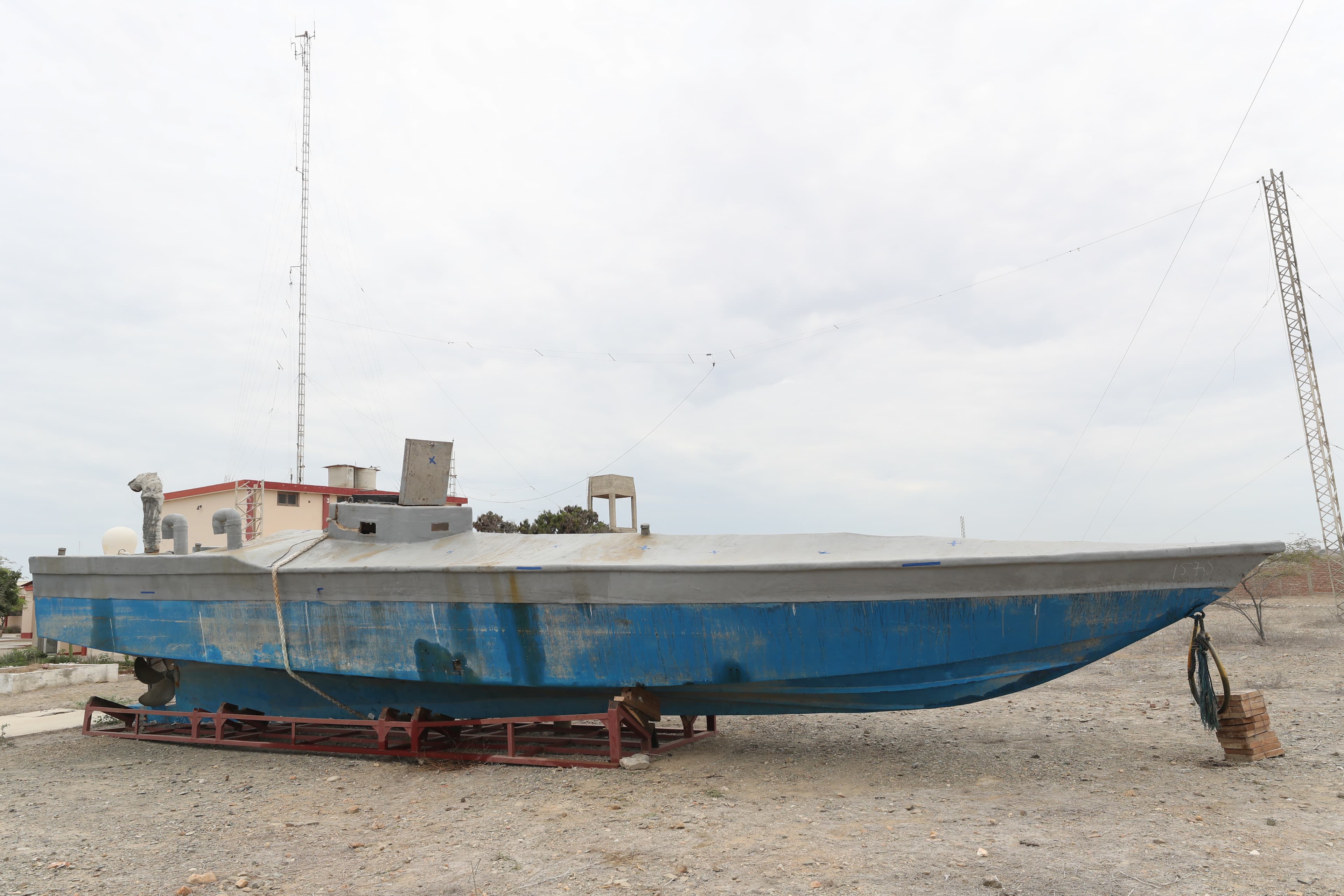Drug Cartels Employ Sophisticated Submersibles for Global Cocaine Trafficking, Seizures Rise

Drug cartels are increasingly relying on highly sophisticated, custom-built semi-submersible and fully submersible vessels, often dubbed "narco-subs," to transport massive quantities of cocaine across international waters, a method highlighted by recent interdictions and expert analysis. These vessels, far from being recreational, are purpose-built for illicit drug trafficking, as emphasized in a recent social media post by Daniel Di Martino.
"Before anyone says anything about the 'innocent' narcotraffickers. There are no 'recreational' submarines that regular Latin Americans take. It was a drug submarine. This is how the cartels operate," stated Daniel Di Martino in a tweet.
Recent data indicates a near-record number of narco-sub seizures in 2024, with 25 interdictions, primarily along Pacific drug routes between South and Central America. These vessels, typically 15 meters long and constructed from materials like wood and fiberglass, are designed to sit low in the water, making them extremely difficult to detect by radar and visual surveillance. Some advanced models are even fully submersible, capable of diving up to 30 feet.
The construction of these specialized vessels often takes place in clandestine shipyards hidden within the dense jungles and estuaries along Colombia's Pacific coast. While a basic low-profile vessel can cost as little as $150,000 to build, fully submersible versions can demand investments ranging from $2 million to $4 million, reflecting the significant resources cartels dedicate to these operations. Despite the high costs, the method remains lucrative, with some vessels capable of carrying up to 10 tons of cocaine.
Traffickers are also advancing their technology, with the Colombian navy recently seizing an "autonomous semi-submersible" equipped with Starlink and surveillance cameras, believed to be on a trial run for drug transport. This development signals a shift towards unmanned systems to reduce the risk of crew capture and increase evasion capabilities. Experts estimate that only around 5% of these vessels are intercepted, underscoring the challenge faced by maritime authorities.
Narco-sub routes are expanding beyond traditional paths to Central America and Mexico, now including transoceanic journeys to Europe and Australia. The dangerous conditions aboard these vessels have led crews to refer to them as "coffins," with incidents of crew fatalities reported. Law enforcement agencies continue to adapt their strategies, but the evolving sophistication of narco-subs presents an ongoing and significant challenge in the global fight against drug trafficking.